Do you ever feel swamped in plastic toys that have a way of multiplying when you turn your back?
Then they hold your child’s attention only moments until he is on to the next thing?
Most children have too many toys in general; and most of these toys do not encourage or support children’s optimum play.
Webster defines a ‘toy’ as “an object, often a small representation of something familiar for children to play with; a plaything.” I find this definition somewhat limiting, especially when the definition of ‘play’ is “an activity engaged in for recreation, as by children.”
Children do have fun playing; however, for them it is more than simple recreation. Play is serious business for them.
Play is the way children learn, which means children love and enjoy learning. This is their natural state, a perpetual state of exploring, experimenting, and discovering, and learning. They LOVE it!!
(This is important to remember when we see what happens to children’s love of learning when they participate in most educational programs. I wrote more about this in a recent post How Children Learn Best) http://www.joyousfamilyliving.com/children/how-children-learn-best/
Because play is essential to their optimal development, it is important to provide learning environments that nurtures your child’s full potential to learn. This is where ‘real toys’ come in.
Real toys are real-life objects, such as measuring spoons and cups, lids, jars, rocks, bungee cords. Often the seemingly mundane of objects of life hold great fascination for them.
Older children love much the same materials. What’s different is the complexity and skill with which they use them.
If you observe your child when he is playing, you’ll discover the skills he is developing that motivate him to keep learning.
One of Bas’s favorite activities is collecting things from my desk and seeing what he can create with them. These include my stapler and staple puller, scratch paper, 3 by 5 cards, scissors, tape, pens, markers.
Last week in our backyard, he balanced bricks on a piece of wood, then used it as a lever, then used what he’d made to build a house for Mouse-Mouse. (I’m not sure where he got this name.)
Fifteen minutes later, he’s in another section of our backyard and using redwood needles to build a castle, which he promptly destroyed. Then he decided to build a bridge across a narrow rut using a redwood twig and discovered that it was too short to span the distance.
Then he hunted around and found a couple of longer sticks. Woo-la! He built two bridges!
And so it goes from one exploration – creation to the next and not a single plastic ‘toy’ touched!
Children love real objects. They love materials they can manipulate and which they can use in diverse ways.
Traditional toys, plastic toys, often lack options for creativity and self-expression. They have limited function and learning potential to your child. Once she masters whatever learning is in the toy, she loses interest.
Once you realize your child uses toys for discovery and self-expression, you’ll easily understand your child’s limited attention to these toys.
So next time you consider buying your child something from the toy store, no matter how cute, colorful, or invitingly displayed, take a moment and consider it’s learning and self-expression potential for your child. Many buttons that make different sounds has little potential for either learning or self-expression for your child.
Invest wisely in few toys that give your child hours of exploring and discovery, and remember every-day objects provide optimal learning and self-expression for your child. You can put your wallet away!
While you’re at it, tell your family and friends what you toys you want for your child, especially during the holidays and for his birthday.
Please share with me and other parents what ‘real toys’ your child loves best. What is a toy you purchased for her that enjoyed for a long time? What did she lose interest in quickly?
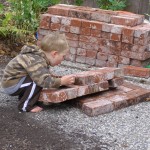
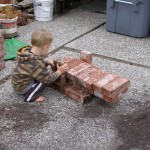
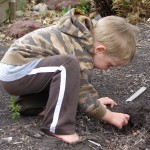
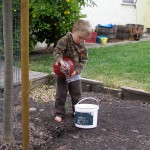

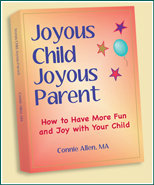
 Just a little bit about me -- I'm a coach for parents, visionary guide, insightful trainer, and powerful consultant.
Just a little bit about me -- I'm a coach for parents, visionary guide, insightful trainer, and powerful consultant.